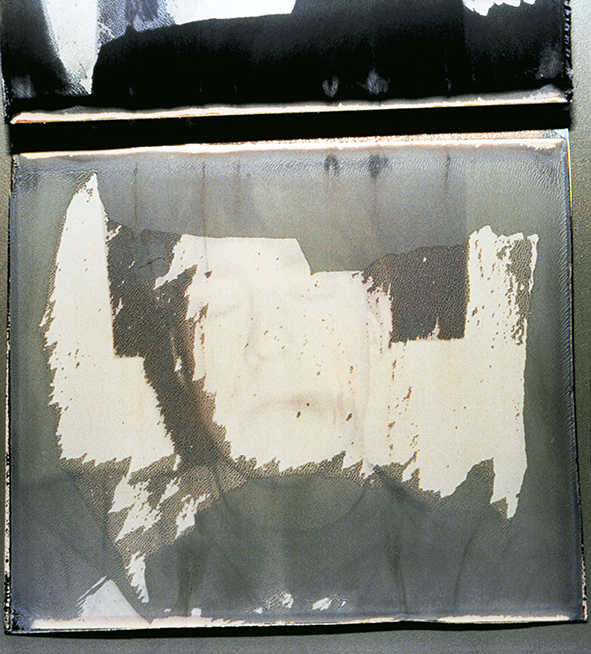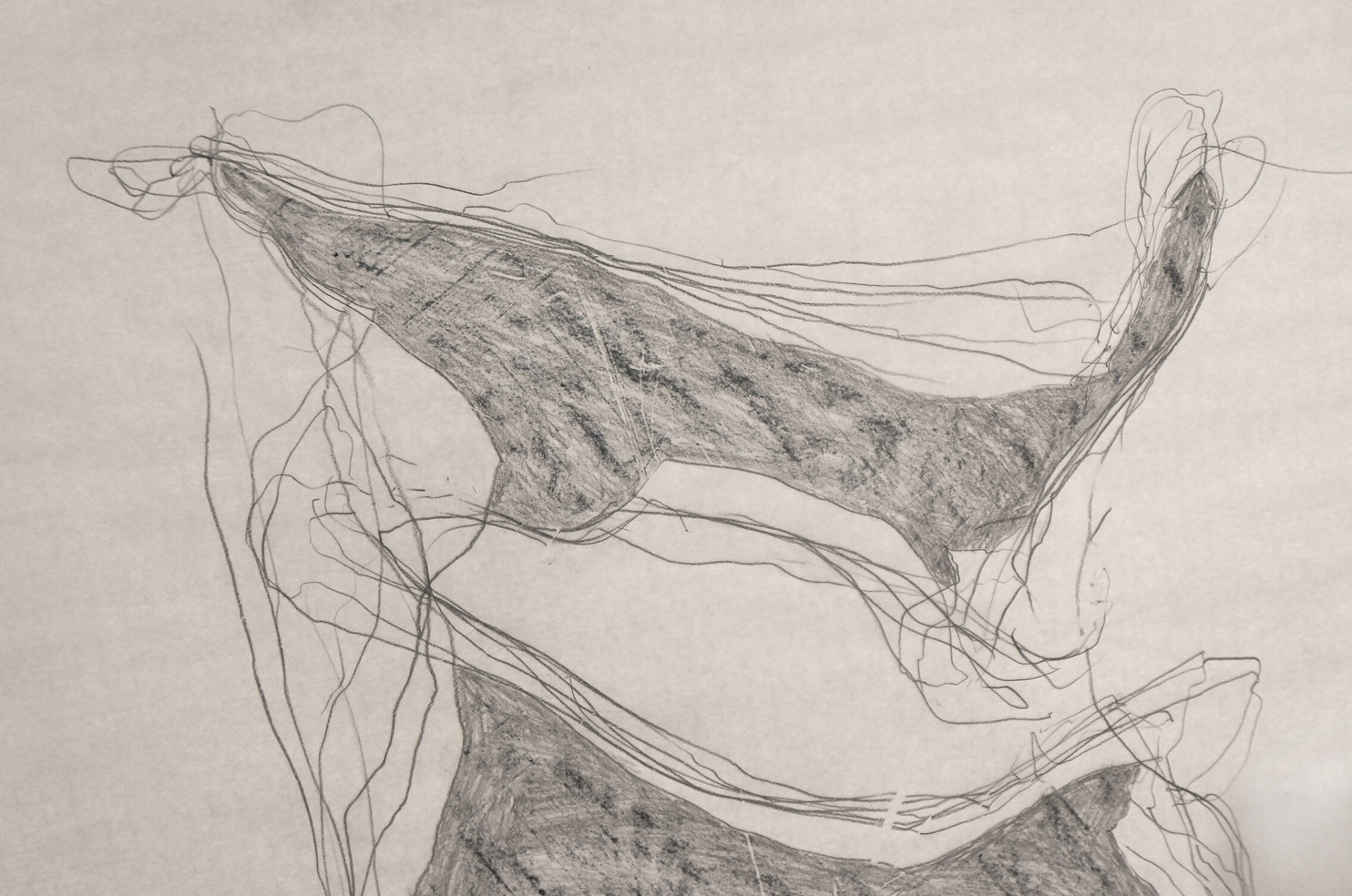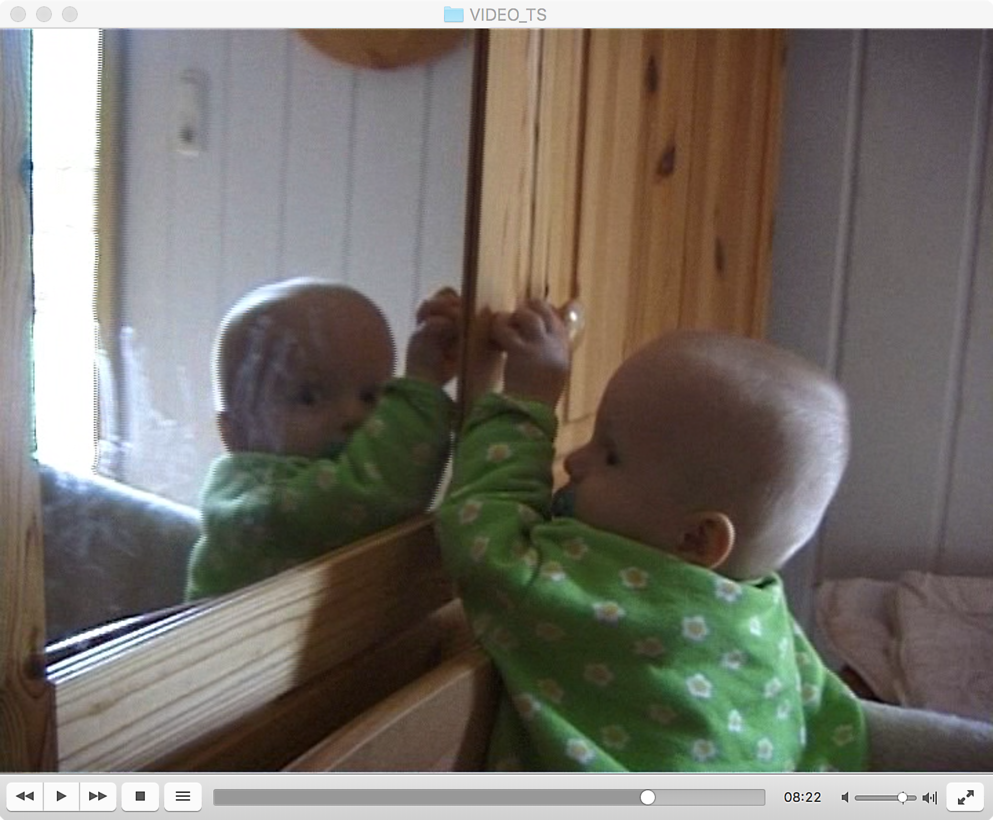These outlines make me think of the ways in which the principle of containment has governed, and still does, our thinking of the body. The same principle haunts artworks as well: how often are pieces of art packed into boxes in-between of their resurrection times in exhibitions?
These lines, as all inscriptions, are traces of movement. Insofar as they are purposeless in themselves, they tend to please themselves as their own gesture. The delicacy of touch vital to the arts is, perhaps, nothing else than this self-feeling, a gestural longing for form. A situated sensitive-reflective relation to the forming of the form would thus be the common denominator of the arts in their multiplicity. Jean-Luc Nancy, to whom I am referring here, summarises this libidinal moment in drawing by saying that the stroke or line "executes the gesture of its desire".*
Insofar as we can speak of"lines of thought" (as I suggest in Tangents performance, on the video at 4:30) something like a "meaningful connection" between making and reflecting doesn't have to be a functional one. The way in which an artwork results in something, that is, appears, for example, as an outcome of research, doesn't have to be programmatic or even explicit in order to "make sense". What is implied in the work has the potential of becoming unfolded (literally: ex-plicated) in its afterlife, where the original is already "irrevocably departed", as Samuel Weber notes in the passage that I chose to use as the motto of this exposition (on the menu page).* Therefore, exposing art as research can be understood as an explication process that cannot be fully explicit in a discursive sense – all ingredients will never be present in the discourse. What counts is sensitivity towards the non-discursive gestures of this process, its "lines of thought". This necessary incompleteness of each particular gesture of explication resonates with Niels Bohr's "indeterminacy principle" discussed by Barad. According to this principle, the nature of the observed phenomenon is dependent upon the material arrangement of its observation; the phenomenon changes with corresponding changes in the apparatus.*









